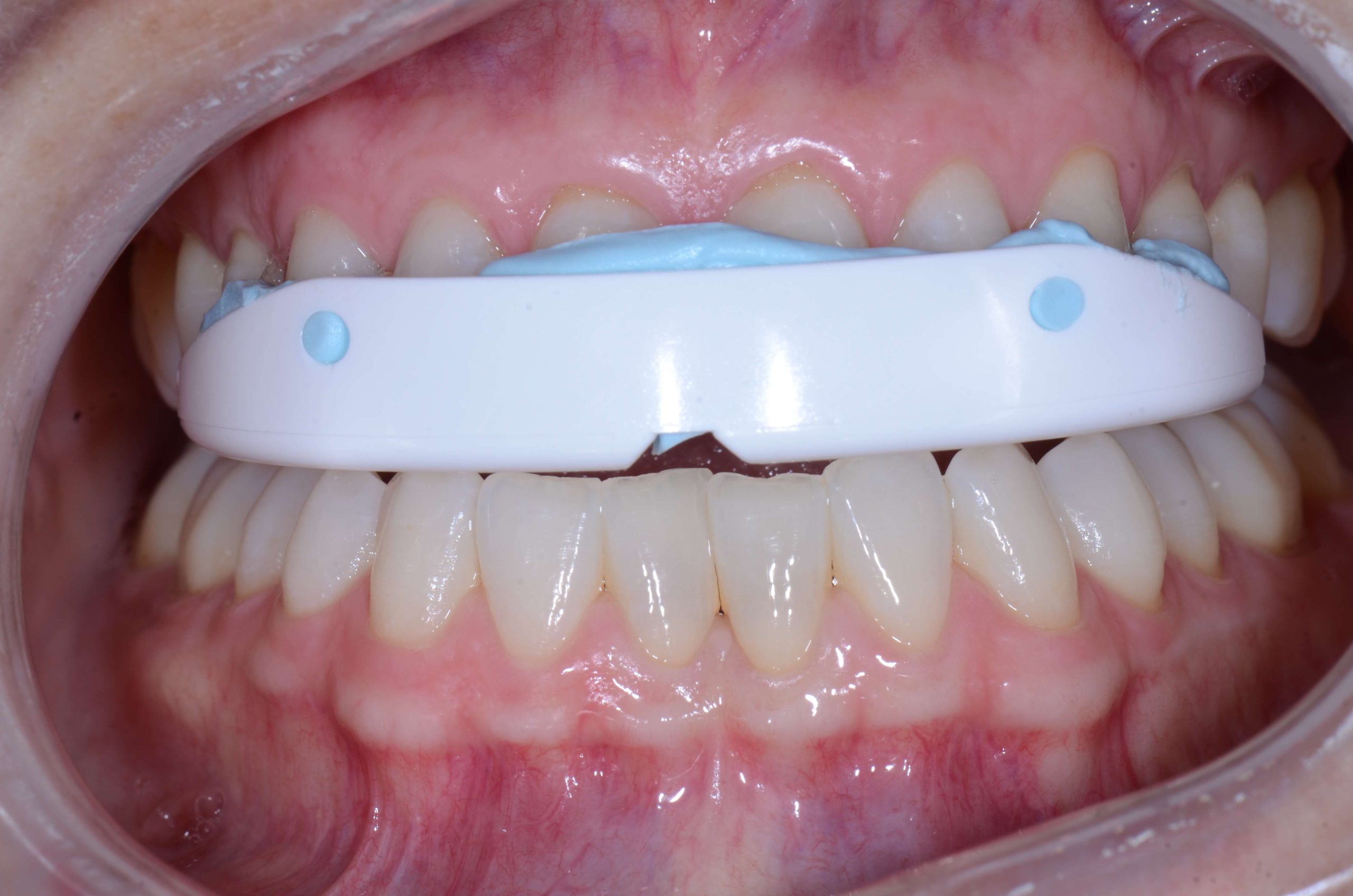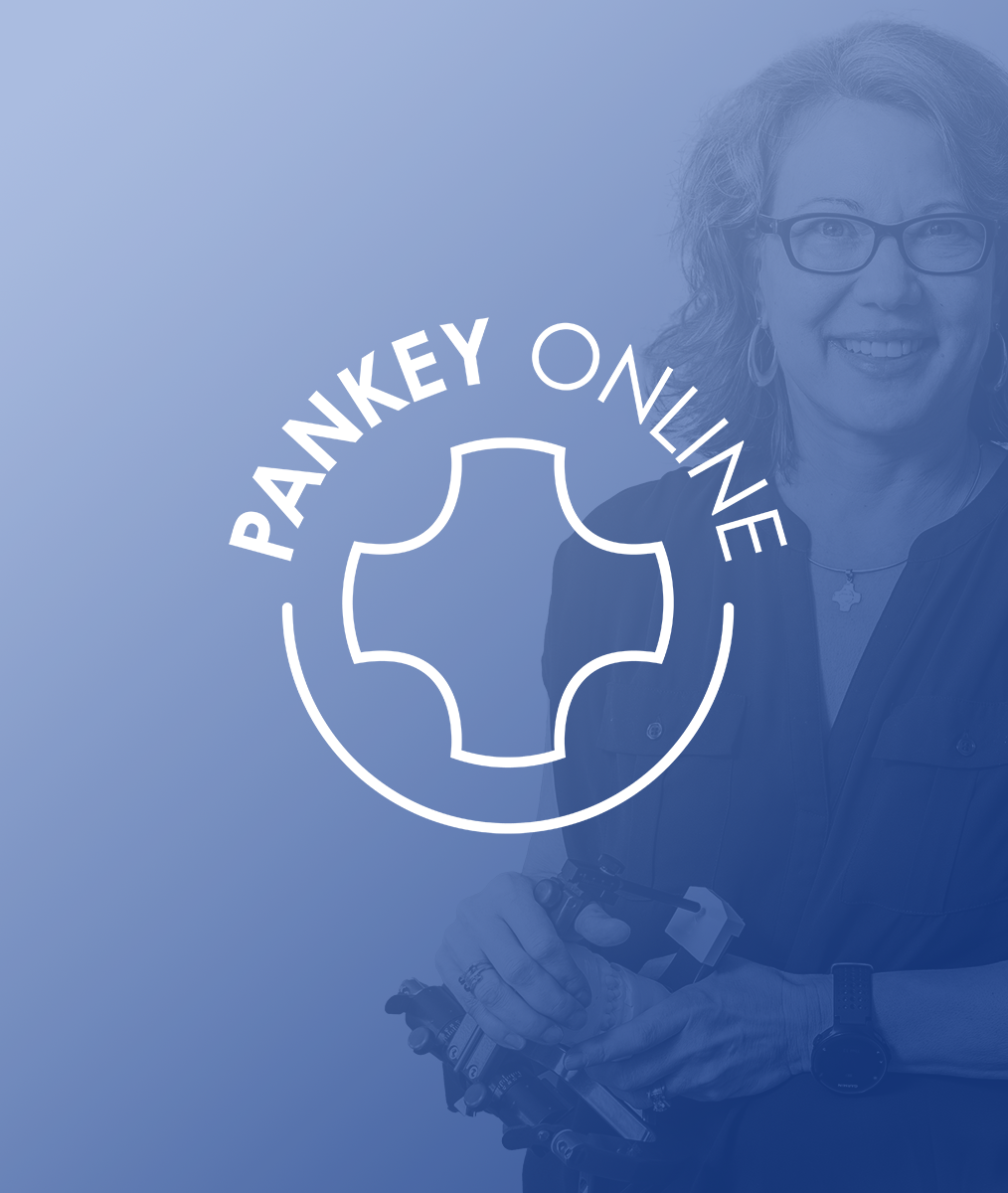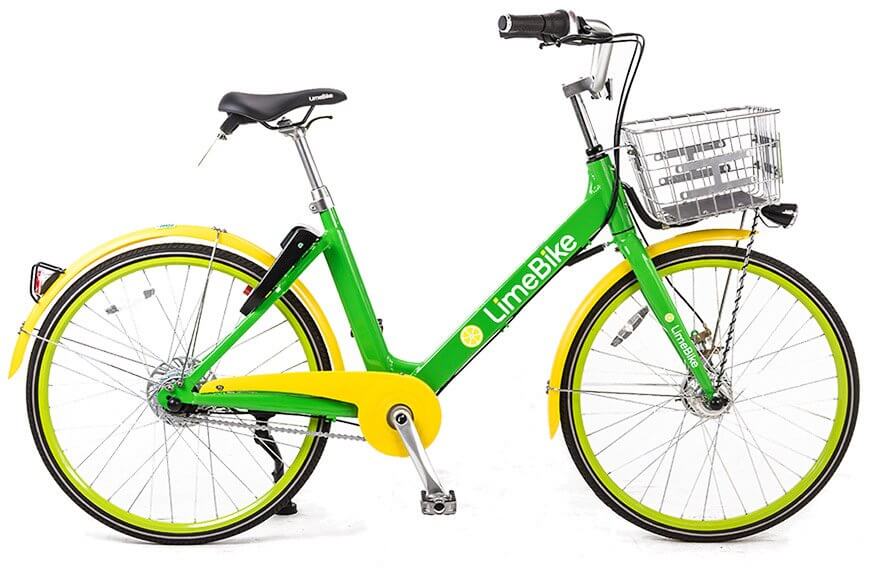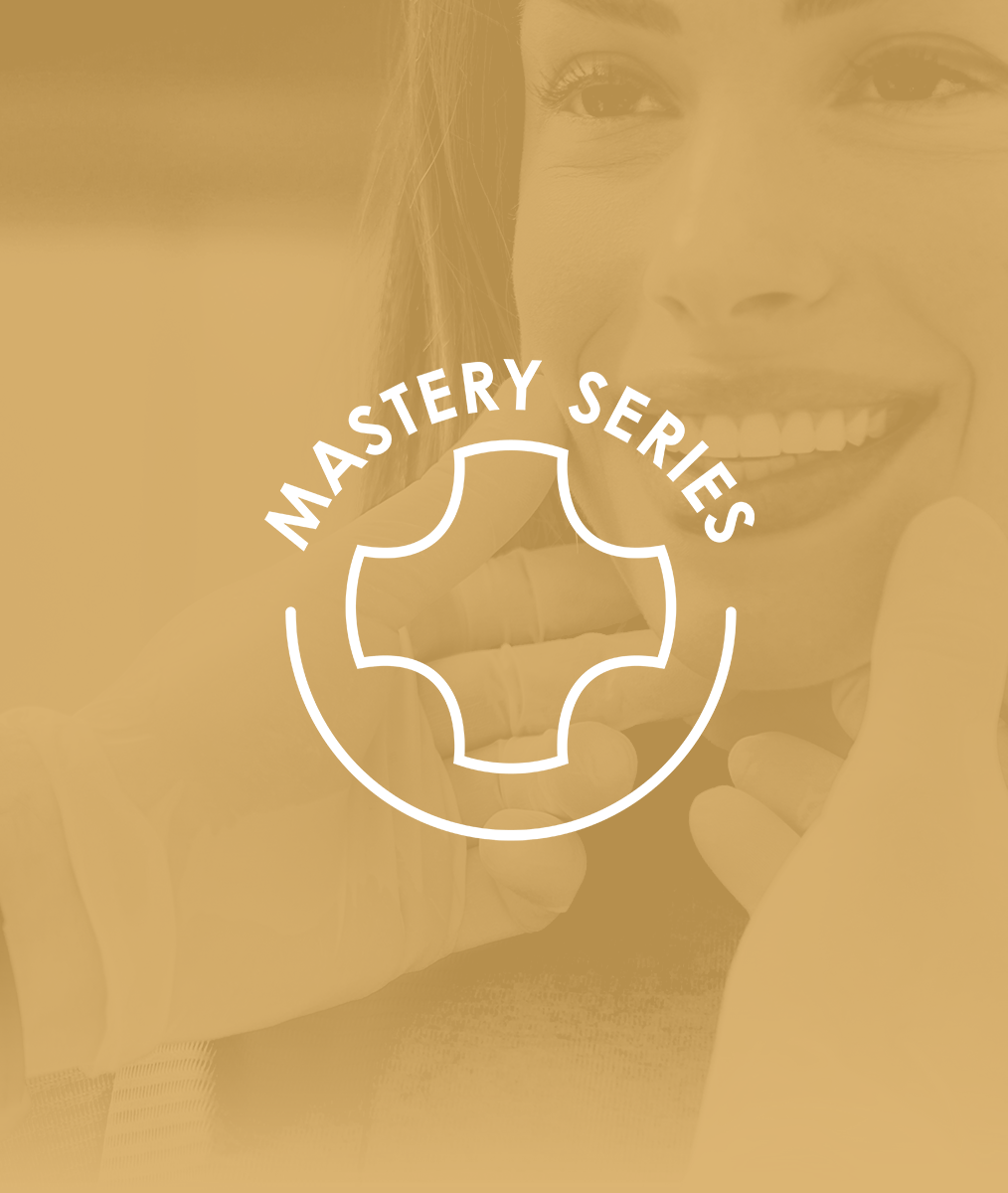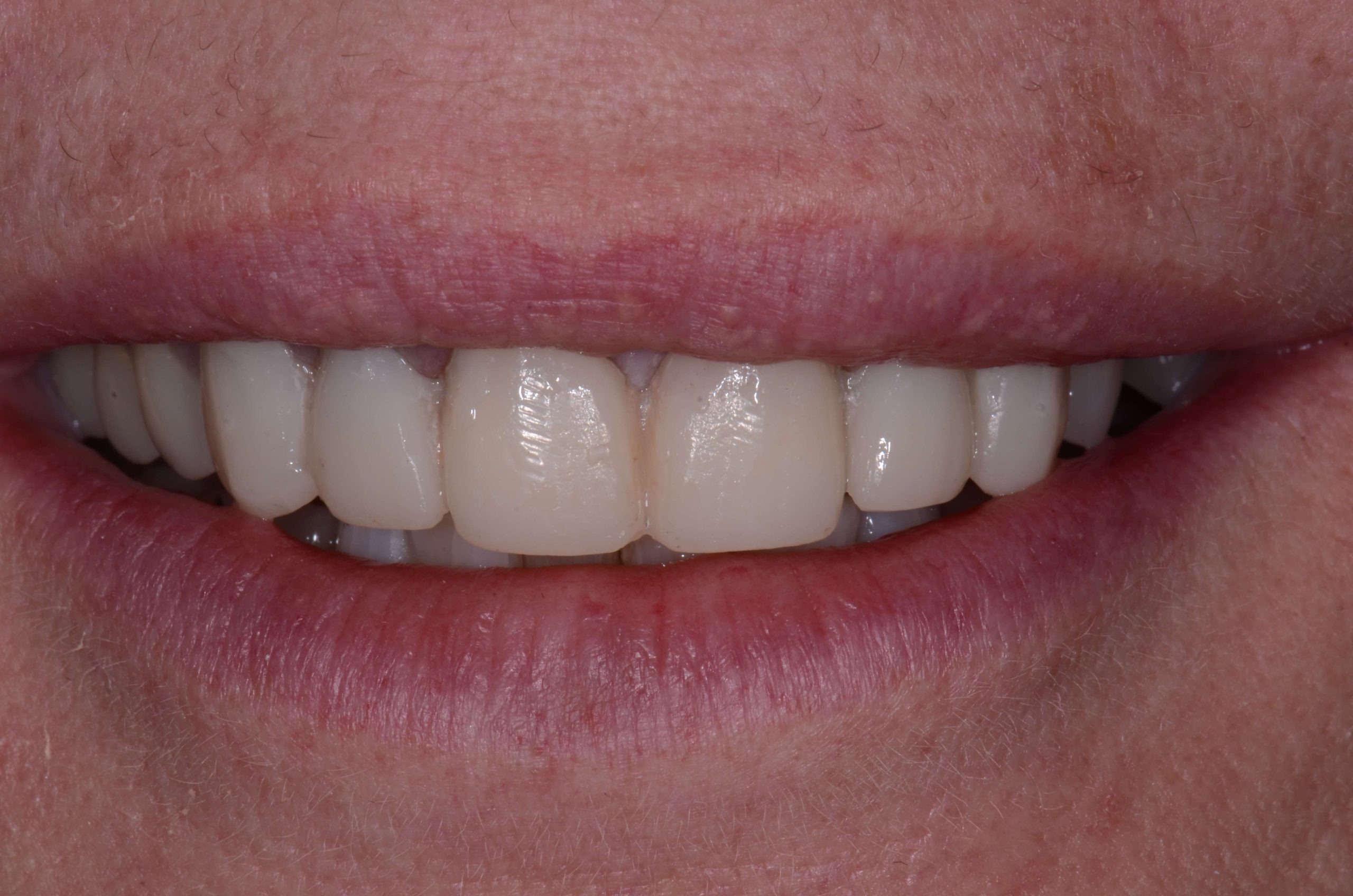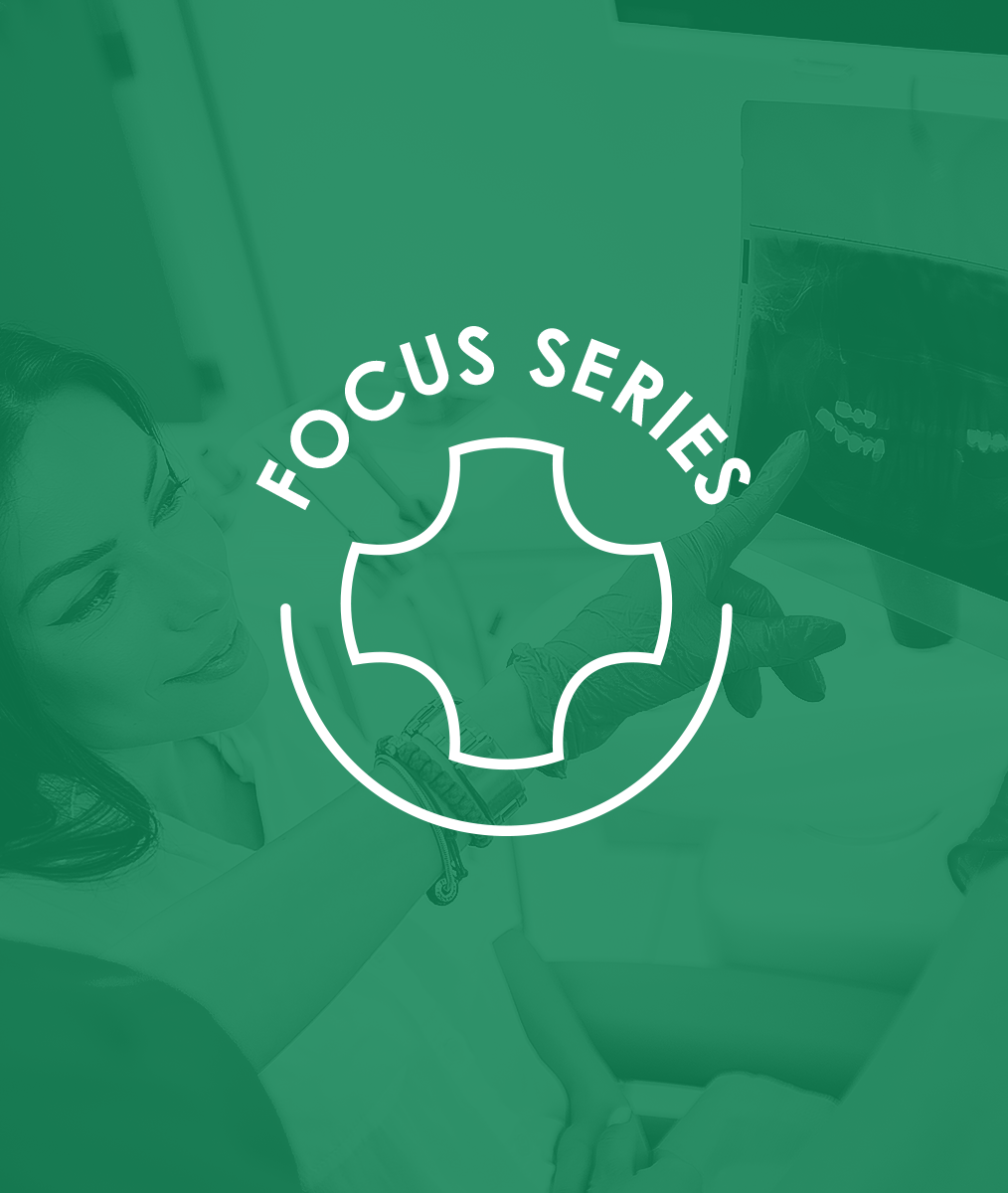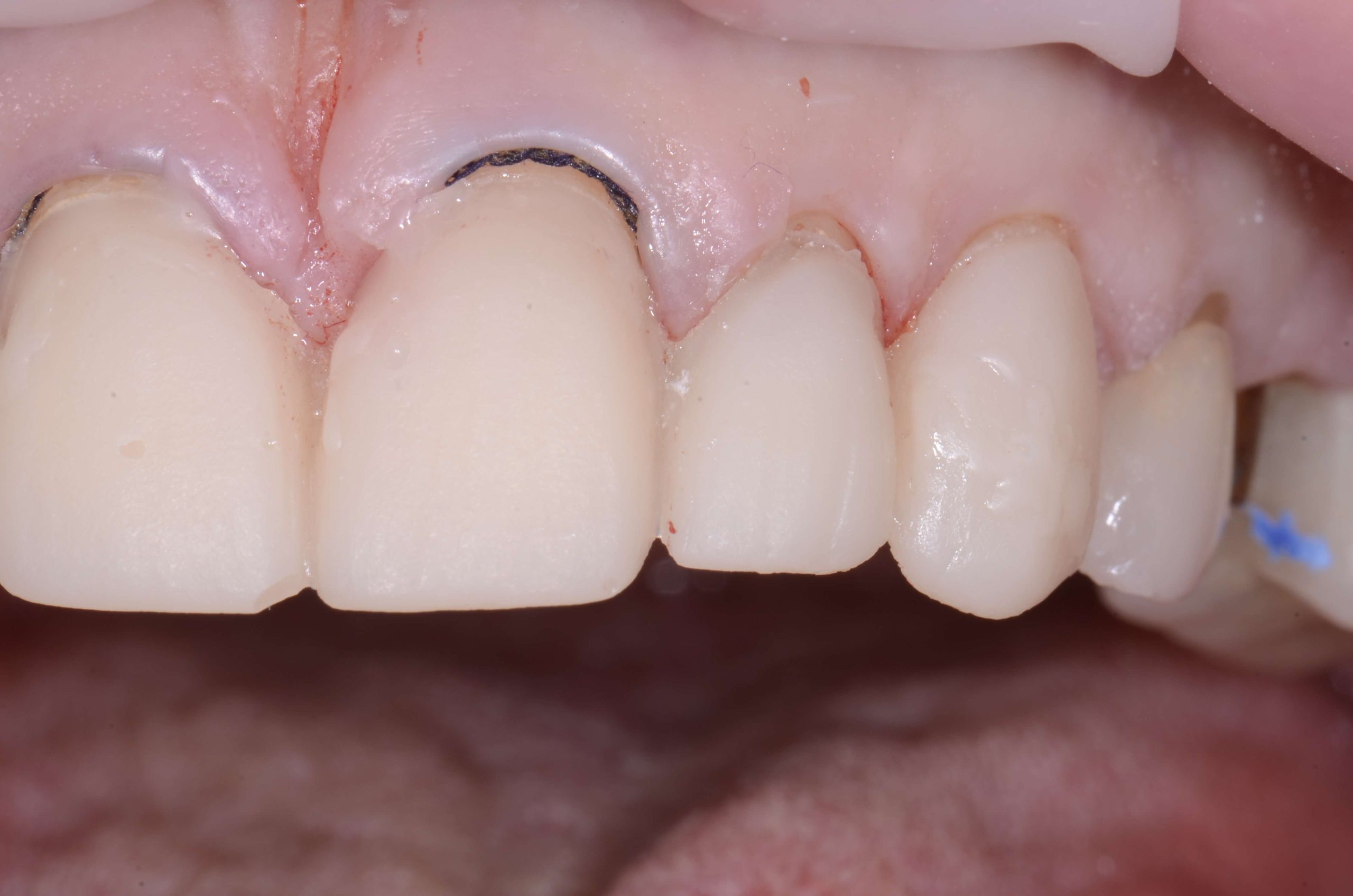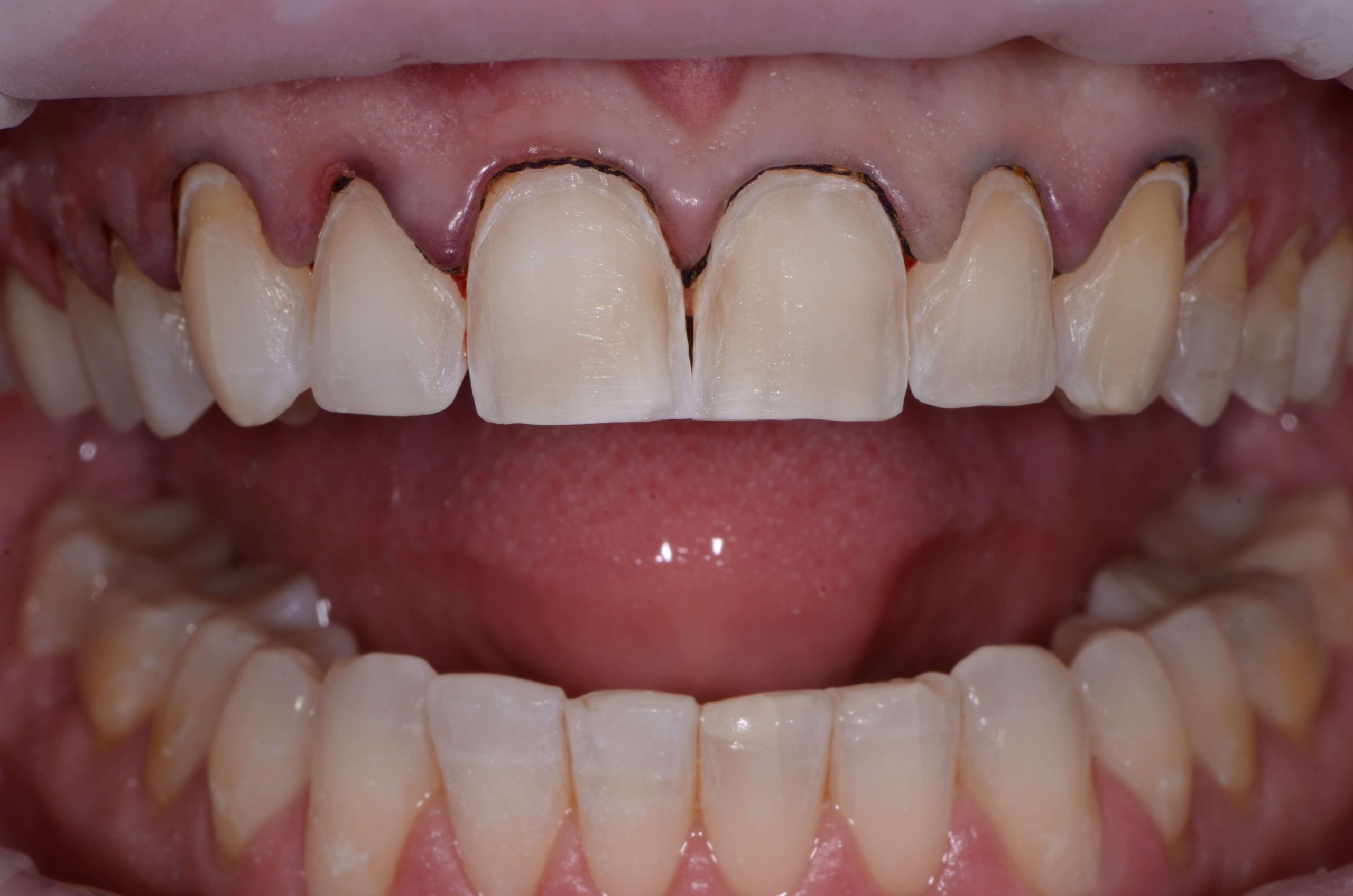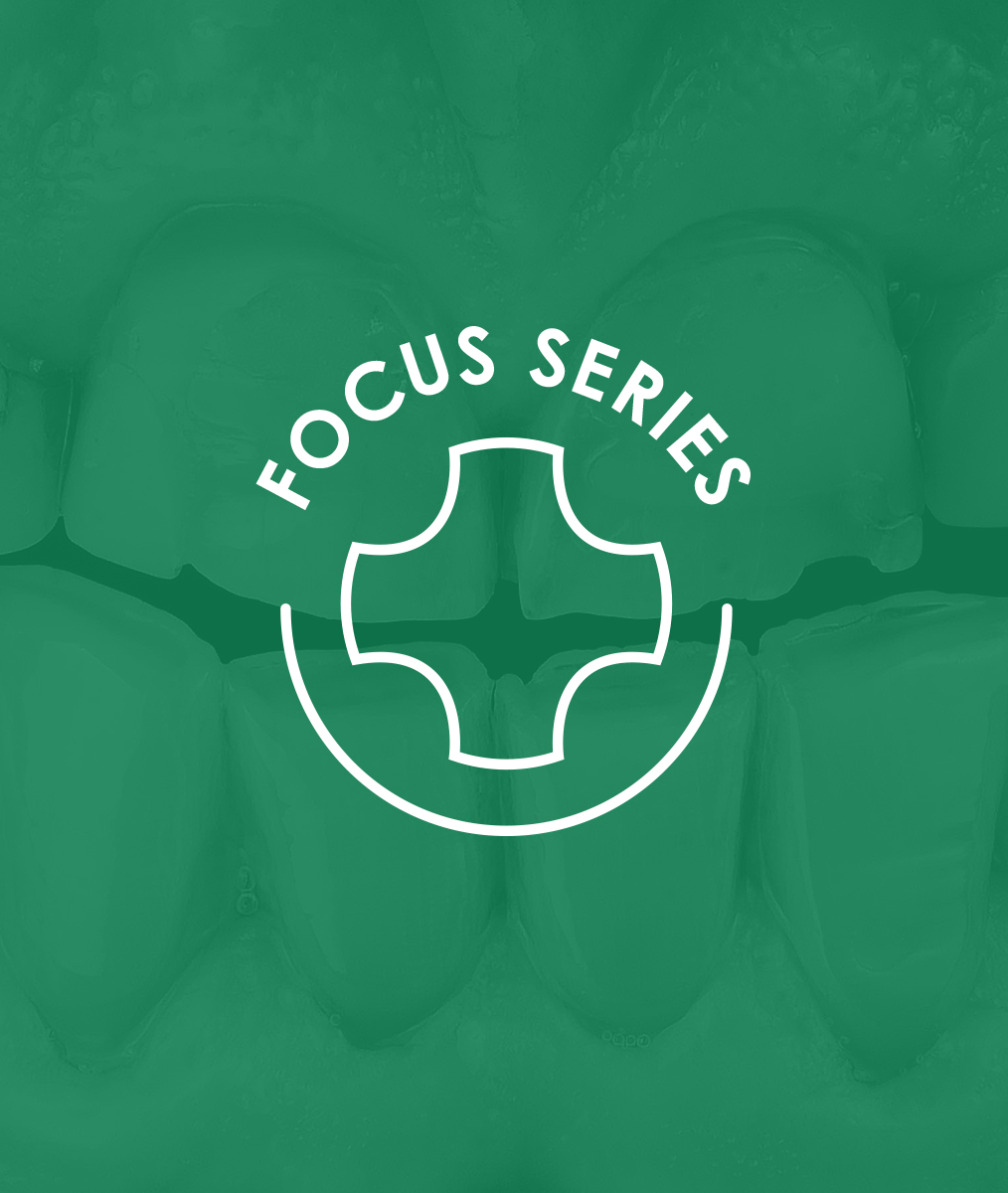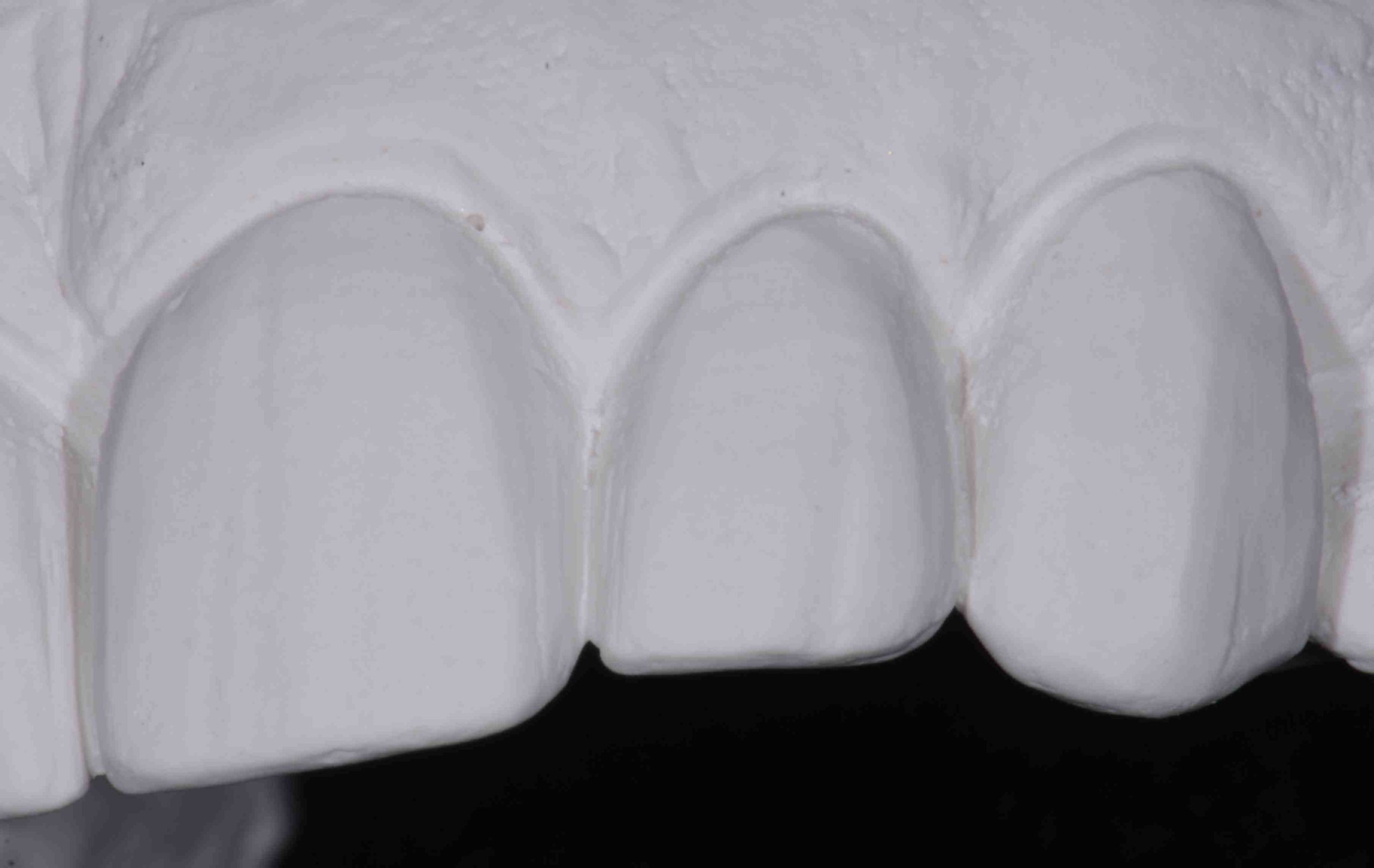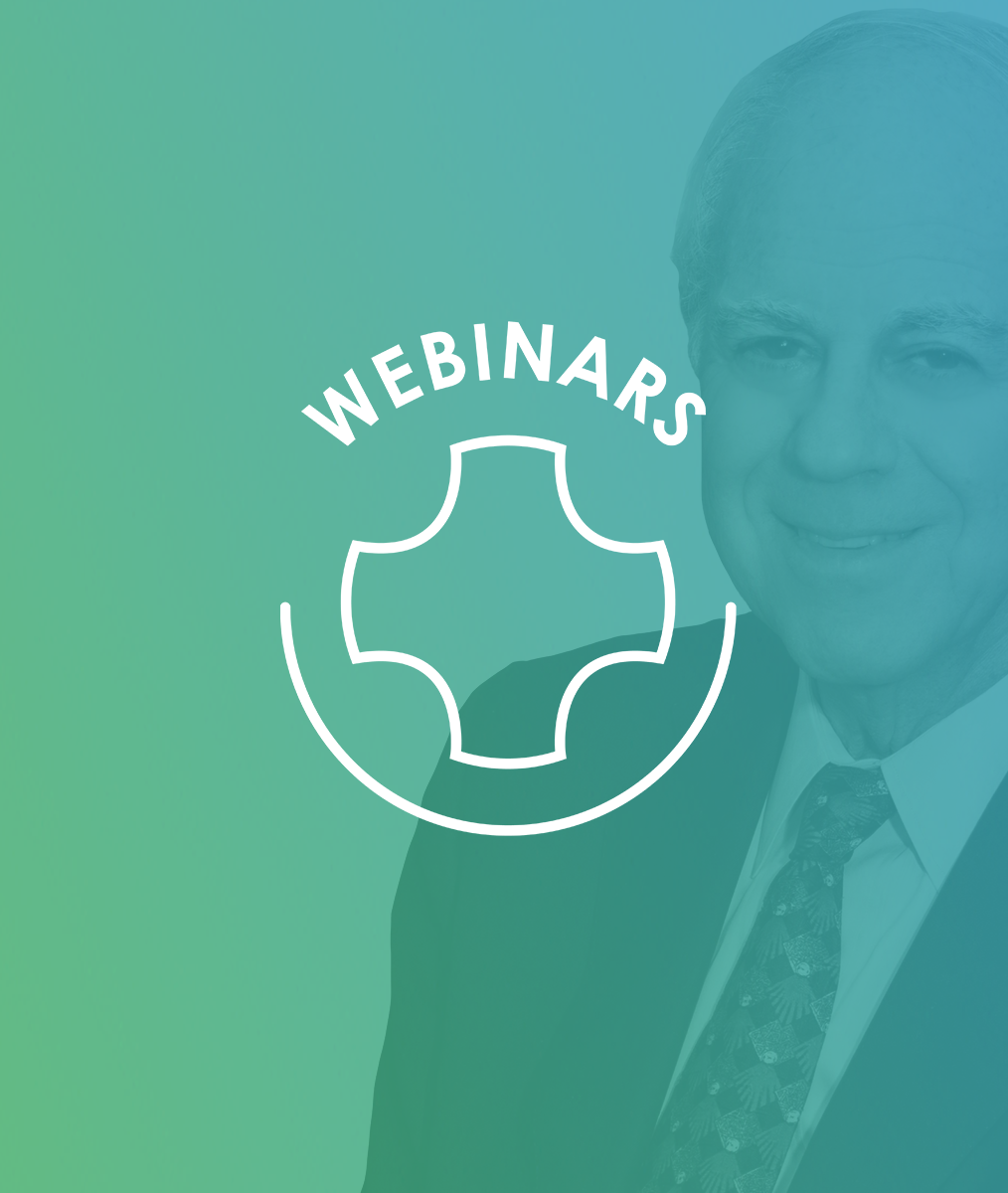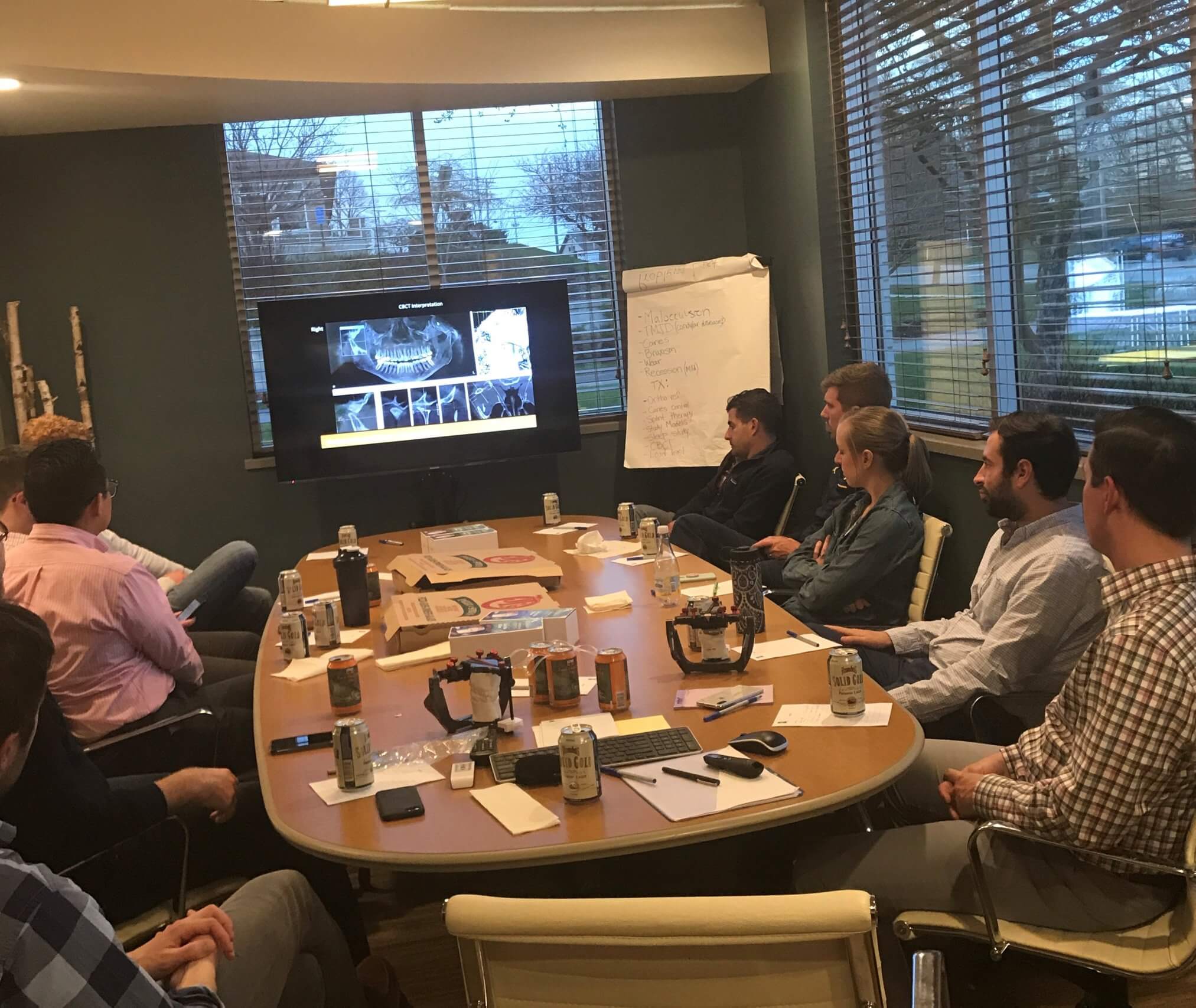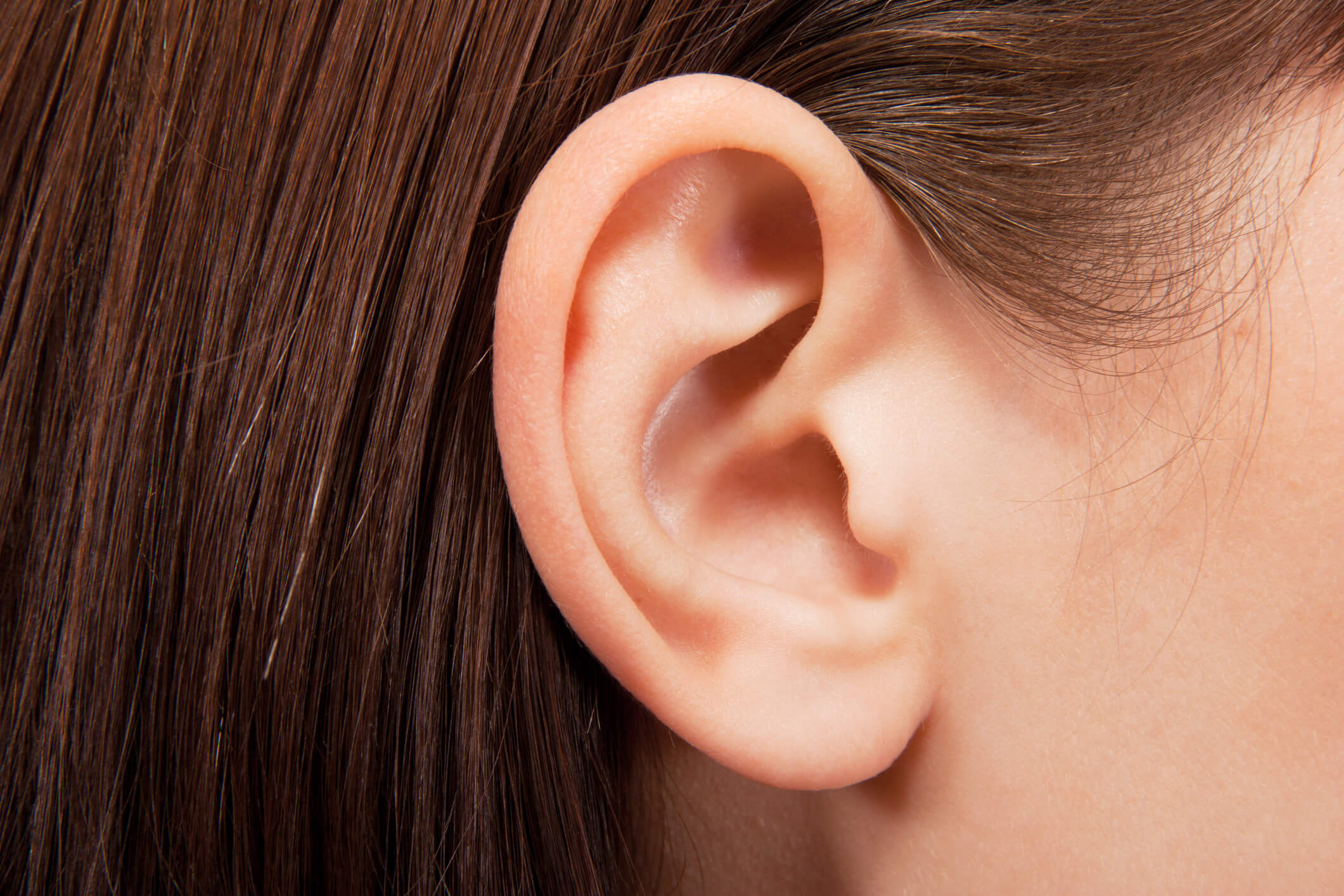Becoming More Trustworthy
Trust is a central facet of human interaction, one that cannot be ignored in a dental or business setting. This blog reviews some interesting concepts on trust from Oxford professor Rachel Botsman:
Trust: Known and Unknown
Botsman is a thought leader and significant contributor to the current conversation surrounding the role of trust in our personal and business relationships as well as our culture. She says that trust lives in the unique tension between our hopes and fears. It is about vulnerability and expectations.
Trust acts as the bridge between the known, where we are comfortable, and the unknown, where we are fearful. She defines trust as, “a confident relationship to the unknown.”
Similarly, when we enter into a relationship with a patient, there is a great deal unknown to them concerning their dental condition. They don’t necessarily sense what is required to establish good health, function, and esthetics.
A Relationship Strategy
According to Botsman, in developing our strategy of building high trust relationships, our goal should not be to build more trust. Our goal should be to become more trustworthy.
The established science of trustworthiness says that it requires high levels of competence, reliability, benevolence, and integrity in our life and practice to be present and experienced by others. Integrity, or aligning our intentions with our actions, is the most important.
That same science says that real trust takes time and friction, at least some minimal friction, to establish. When a relationship is established seamlessly and instantly, there isn’t even the time and opportunity to ask the question: “Should I trust this person with something that is important to me?” That is the minimum amount of friction required.
Many organizations and a significant amount of behavioral research conclude that the strongest relationships are those that have experienced a problem and found a way to reconcile the issue. In other words, friction strengthened the relationship through solving the problem.
Have you listened to or read anything by Rachel Botsman? Join the conversation below … !
Related Course
Mastering Dental Photography: From Start to Finish
DATE: October 10 2024 @ 8:00 am - October 12 2024 @ 2:00 pmLocation: The Pankey Institute
CE HOURS: 21
Dentist Tuition: $ 2495
Single Occupancy with Ensuite Private Bath (per night): $ 290
Dental photography is an indispensable tool for a high level practice. We will review camera set-up and what settings to use for each photo. All photos from diagnostic series, portraits,…
Learn More>








